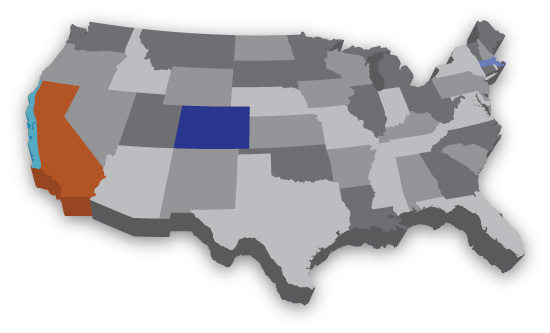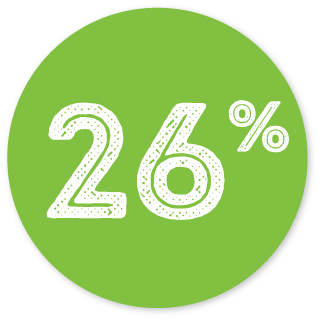The new study examines cognitive function in 109 office workers across 10 high-performing office buildings in five U.S. cities differentiated by climatic regions. High-performing buildings are defined as those surpassing the American Society of Heating, Refrigerating and Air-Conditioning Engineers (ASHRAE) standard for acceptable ventilation and indoor air quality and with low total volatile organic compound (TVOC) concentrations.
Participants were studied for one week, with researchers testing cognitive function on Tuesdays and Thursdays.
Cognitive function was tested using the Strategic Management Simulation (SMS) software. The SMS is a 1.5 hour, validated cognitive assessment test that has been used by more than 70,000 participants worldwide over the last seven decades.
The tool presented participants with a real-life scenario, where they had to respond to several plot lines that emerge over the course of the simulation. It gave participants the freedom to make decisions based on their own cognitive styles and is reflective of their performance in the real world.
In addition, participants' sleep quality was tracked each night through the use of wearable sensors. They were also asked to complete surveys about their health and environmental perceptions. Completed each study day, for a total of five times per participant, the health assessment examined the occurrence of 19 sick building symptoms. On the final day, a third type of survey was administered, which assessed satisfaction with the indoor environment – from noise and lighting to thermal comfort and odors.









 San Jose, CA
San Jose, CA Los Angeles, CA
Los Angeles, CA Denver, CO
Denver, CO Boston, MA
Boston, MA Washington, DC
Washington, DC

compared with those in similarly high-performing buildings that were not green certified.